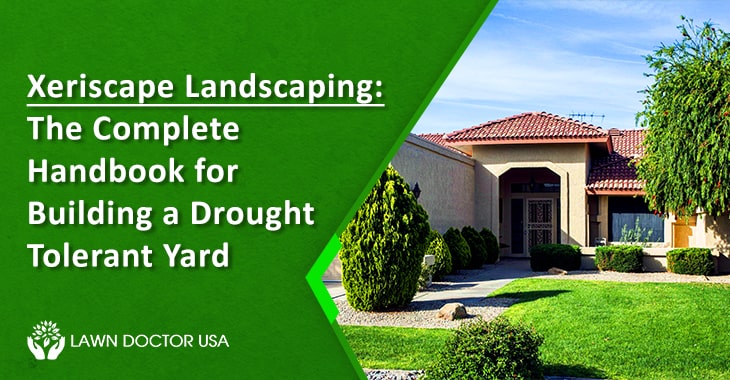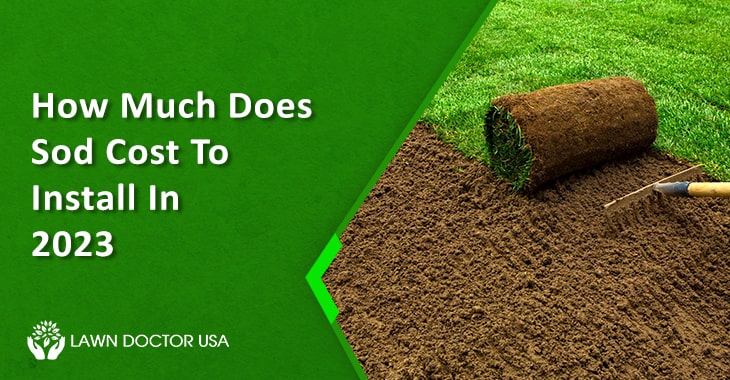
Xeriscape Landscaping: The Complete Handbook for Building a Drought Tolerant Yard
The Greek word Xeros means dry. In early 1980 in Denver, Colorado, the Xeriscape Landscaping concept was invented because of a severe water shortage. Denver rationed the water and forbade citizens to irrigate their lawns and yards. Thereby vegetation in yards shriveled. Afterward, Denver began promoting the Xeriscape. A gardening approach that utilizes a small amount of water and helps to maintain a conventional look.
Build A Drought Tolerant Yard
Plan
Incorporating Xeriscape ideas into your land requires thorough planning. Comprehensively analyze your plot plan and identify microclimates in your yard. Within the landscape, you can create a microclimate depending on the physical and environmental conditions. Factors such as air movement, heat, moisture, sun, and shade contribute to creating a zone that has different water needs.
Very Low Water use Zone
Decks and paved areas are two kinds of the zone that require less or no water. However, ensure you use permeable materials like bricks or paving stones for paved areas. It encourages soaking the rainwater in the ground.
Law Water Use Zone
Low-water areas are somewhat exposed that require occasional irrigation to keep the plant thriving. Here you can conserve water by mulching, low a volume irrigation system, or taking advantage of water runoff driveways or downspouts.
Moderate Water Use Zone
Moderate water use zones should be limited to focal points, like the entrance or functional areas. It is an exposed area with turf or plants with slightly higher water needs.
Analyzing and identifying the water use zones helps to group the plant with similar water requirements.
Improve Soil Structure
The ultimate goal of Xeriscape is to encourage the plant to develop a deep root system. In urban areas, the soil is compacted; therefore, it is necessary to improve your soil before growing deep-rooted plants. You can perform tilling to break up the compaction and provide aeration. Add organic matter for keeping the soil porous. In some cases, it is essential to chemically improve the soil structure with nutrients or other needed materials. Lawn Doctor Xeriscape architects recommend both types of soil improvement for healthy and deep root development.
Establish Practical Turf Areas
While building the Xeriscape landscape, you should limit turf areas where it can provide functional benefits. You need to plan the shapes and location for turf, and it should be consolidated into large and relatively flat areas. Ensure you do not install turf on a narrow path, in median strips, steep slopes, or along the foundation.
Select Drought-Tolerant Plants
For Xeriscape landscaping, it is essential to use healthy plants adapted to your area that can withstand hot, humid, and dry weather conditions. Plant them in a proper place and care properly to get them established well. The most xeriscape-friendly plant is the cactus, which has many species across north and South America. This native plant successfully conserves water since its round stems are thickened and can store water, and its waxy skin reduces water evaporation.
You can also include other drought-resistant plants ideal for Xeriscaping are, agave, juniper, lavender, etc. You plant herbs such as thyme, sage, and oregano. You can plant black walnuts, sapodilla, Jerusalem artichoke, etc.
Mulch
You should prepare two to four inches of mulch blanket since it helps to conserve the water by retaining the soil moisture. Mulch safeguards the plants’ roots from the heated soil as it retards evaporation. It also helps to reduce and eliminate weeds, which race for moisture, nutrients, and sunlight. Mulch successfully prevents erosion. Organic mulches break down and decompose to enhance the soil structure and drainage.
Irrigate Efficiently
Let your plant condition and not the calendar dictate your irrigation schedule. If your grass or plants need water, it lies flat or loose gloss before wilting. The most simple irrigation system is a garden hose. This portable system is beneficial and affordable since the urban landscape is small and can not justify the cost of a permanent irrigation system. You can use some objective means for calculating how long you have to irrigate or automate the system by utilizing a timer. You can opt for a fully automatic sprinkler system too.
Maintain Your Xeriscape
Maintaining the Xeriscape landscape is easy. All you need to do is proper watering, weeding, mowing, pruning, limited fertilization, and pest control. From late spring to early fall, you can fertilize your plants and turfgrass twice or thrice. Let the soil and weather conditions indicate when your plants need water.
Conclusion
The xeriscaping landscape is an ideal and affordable option to give your landscape a beautiful look. Many xeriscape landscape owners have claimed to reduce water usage by more than 60 to 80 percent. It significantly saves water and money, making it an ideal option for homeowners who live in a dry climate where water availability is always an issue. Novato residents in California were offered conservation incentives by converting traditional lawns to xeriscaping. The water department of the city said that choosing the xeriscape idea has actually saved more than 100 gallons of water.
So, if you want to build a xeriscaping landscape and give your yard a new look, connect with the Lawn Doctor USA xeriscaping landscape specialist now.



